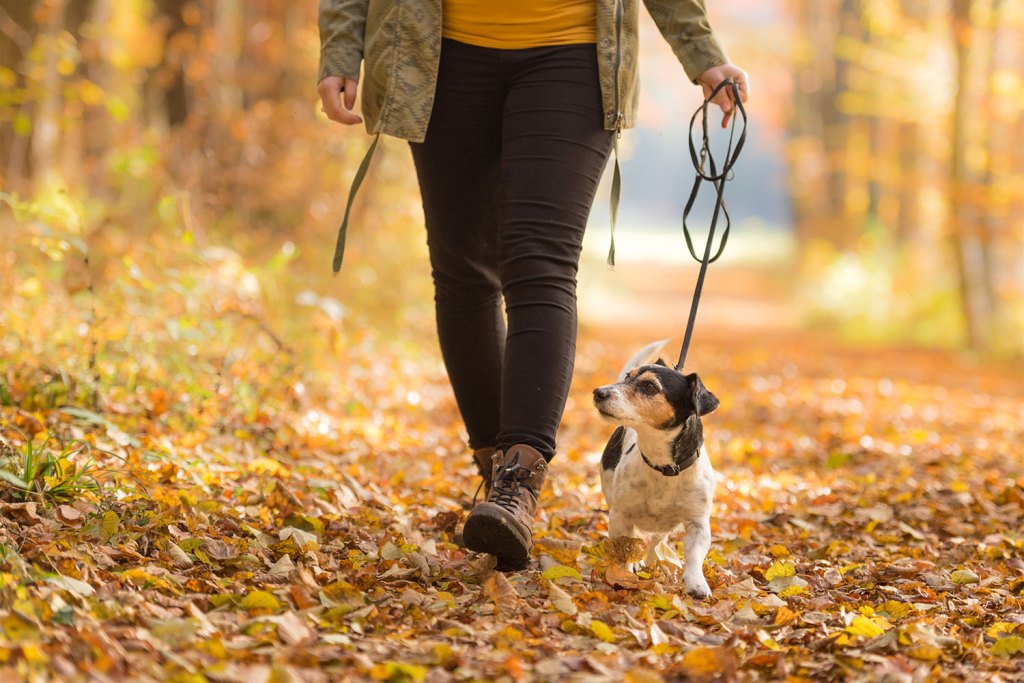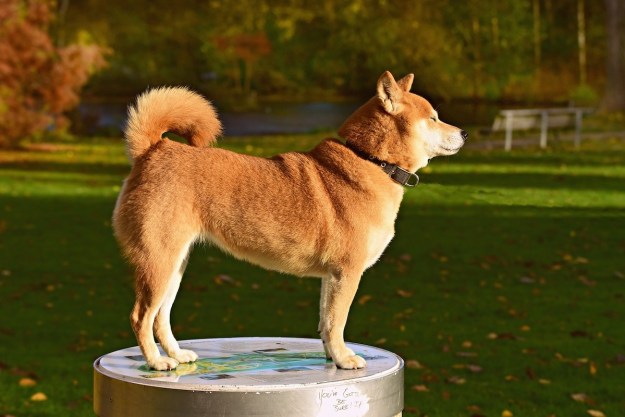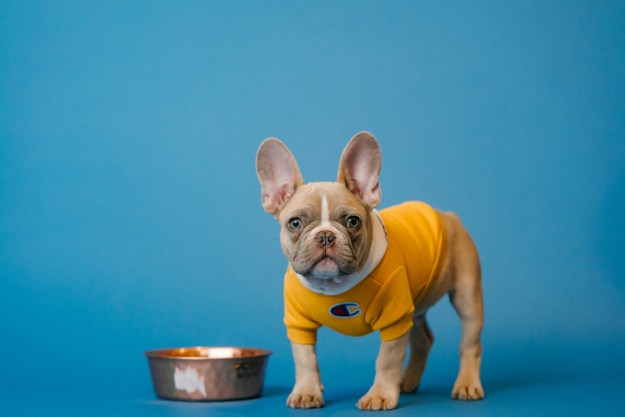There are many unique benefits to fashioning your very own dog harness out of rope. In just a few simple and easy steps your dog can have a custom support system made just for him or her. You can even create a stylish rope that reflects your unique taste and personality. It’s fun and your dog will appreciate it.
Top benefits of DIY dog harnesses
If you’ve been struggling to find a harness that fits your pup perfectly, maybe it’s time to try out a custom-made DIY rope harness. When you design your own dog harness, you can customize the look, feel, and functionality to your dog’s specific needs.
Making your own dog harness is an especially good idea if your pooch is at either end of the size spectrum. Both itty bitty pups and their massive friends can benefit from these tailor-made creations. But, really any sized dog will enjoy wearing a harness that actually fits the shape of their bodies.
Fashion is a very unique and subjective thing. If you haven’t seen the right harness to reflect the style sensibility of your dog (and you!), here’s your opportunity to let your personality shine. You can use a variety of different rope colors and textures. You can get really fancy or go for something low key and minimal — the choice is yours.
Some pet owners really get into pampering their fur babies with custom accessories. They make their dog’s treats, design their outfits, and create essentials like harnesses and collars — all from scratch. When you make everything yourself, you’re assured that your pet has only the best!

Determine what type of harness you want to make
Chances are, if you’ve been thinking about making a harness for your dog, you already know what you want it to look like. If not, take a moment to think about it. Dog harnesses distribute pressure over a larger part of your dog’s body, reducing the strain on his back and neck. But not all harnesses are created equal.
- Decorative harnesses are simply for show, especially if you like to dress your pup up for special occasions (like Halloween) or want her to mirror your fashion sense.
- Functional harnesses are helpful when walking strong dogs or wiggly escape artists. They give you more control and reduce the amount of pressure on your dog’s neck and back.
- Temporary harnesses can be an essential part of your safety gear, especially if you find yourself in situations where you might need to add a measure of security to your dog’s collar and leash.
Constructing your new dog harness
Making your new dog harness is as easy as following these simple steps.
- Purchase a soft, thick piece of rope that is about four to five times longer than your pup.
- Fold the rope in half.
- Make a secure overhand knot near the folded end. Pull enough rope through the hole to create two additional, similarly sized loops.
- Put the knot over your doggo’s front shoulder.
- Loop an end of the rope around the dog’s belly and pull it through the knot you created.
- Loop the other side under the dog’s chest just in front of the front legs.
- Now, when you fold the two ends of the remaining rope together, you have a nice sturdy leash.
How to make a dog harness out of rope
When it comes to selecting a proper rope for your harness, you can definitely purchase something from a typical construction supply store. Another popular choice is to look for one of those funky-patterned climbing ropes that you can find at a mountaineering supply shop. You can use most any rope, but make sure you choose one that is not made from a harmful or abrasive material that will scratch your pooch.
Your new harness can be a stylish accessory. That said, make sure you think of your pet’s comfort ahead of your desire to show off. If you are unsure of which material to use, be sure to ask your veterinarian or local dog trainer. These professionals will always be able to assist you if you are uncertain about what is best for your furry companion.
Other materials you can use to make a dog collar
- Fabric and yarn are good materials for making decorative harnesses. Places like JoAnn Fabrics and Michaels carry seasonal and everyday varieties of these materials, as well as patterns you can use to fashion your own creations.
- Nylon webbing and paracord are better options for those wanting to make a sturdy, functional harness.
A harness and a collar is probably best
Though your new harness can work without a collar, adding one is probably best for your little bundle of joy. For starters, a collar allows you to place your contact information on a tag. This is essential if your pup ever gets lost. Additionally, a collar when attached to a harness will provide you the greatest control over your dog. This is especially helpful if you are making a rope harness for a larger, beefier breed.
Your new rope harness and collar set should not be excessively tight. You will want to find a balance where your dog cannot easily escape but the harness doesn’t cause any pain or discomfort. If you can fit two fingers between your dog’s body and the collar and harness, it is probably just right.
Now that we are on the subject, you might be happy to learn that you can also fashion a dog collar and leash completely out of rope. This way you can have a complete DIY dog walking set all of your very own.
Now you are ready to walk your dog
It is much safer to always walk your dog with a collar, leash, and harness. This simple three-part system helps you to respect local laws and ensures your dog is safe and secure. A collar with contact info gives you peace of mind that people will know to whom your beloved pet belongs. The harness keeps your dog snug and secure so they cannot run away from your leash. Finally, the leash allows you to walk your dog in public without them pulling toward other animals or people.
Making a dog harness out of rope is a really simple and easy project. You can wrap this up in just an hour or two in most cases. It might take some trial and error to make your new harness just right, but we’re sure your dog will appreciate the effort you put in. Your pooch is your pride and joy — so why shouldn’t they have stylish, custom accessories?
Editors' Recommendations
- Can dogs see in the dark? Your guide to your dog’s vision
- The best medium-sized dog breeds for your family
- Why do dogs have wet noses? They’re actually really important
- Why do dogs have whiskers? These small features play a huge role
- Why do dogs hump everything? You might be surprised


